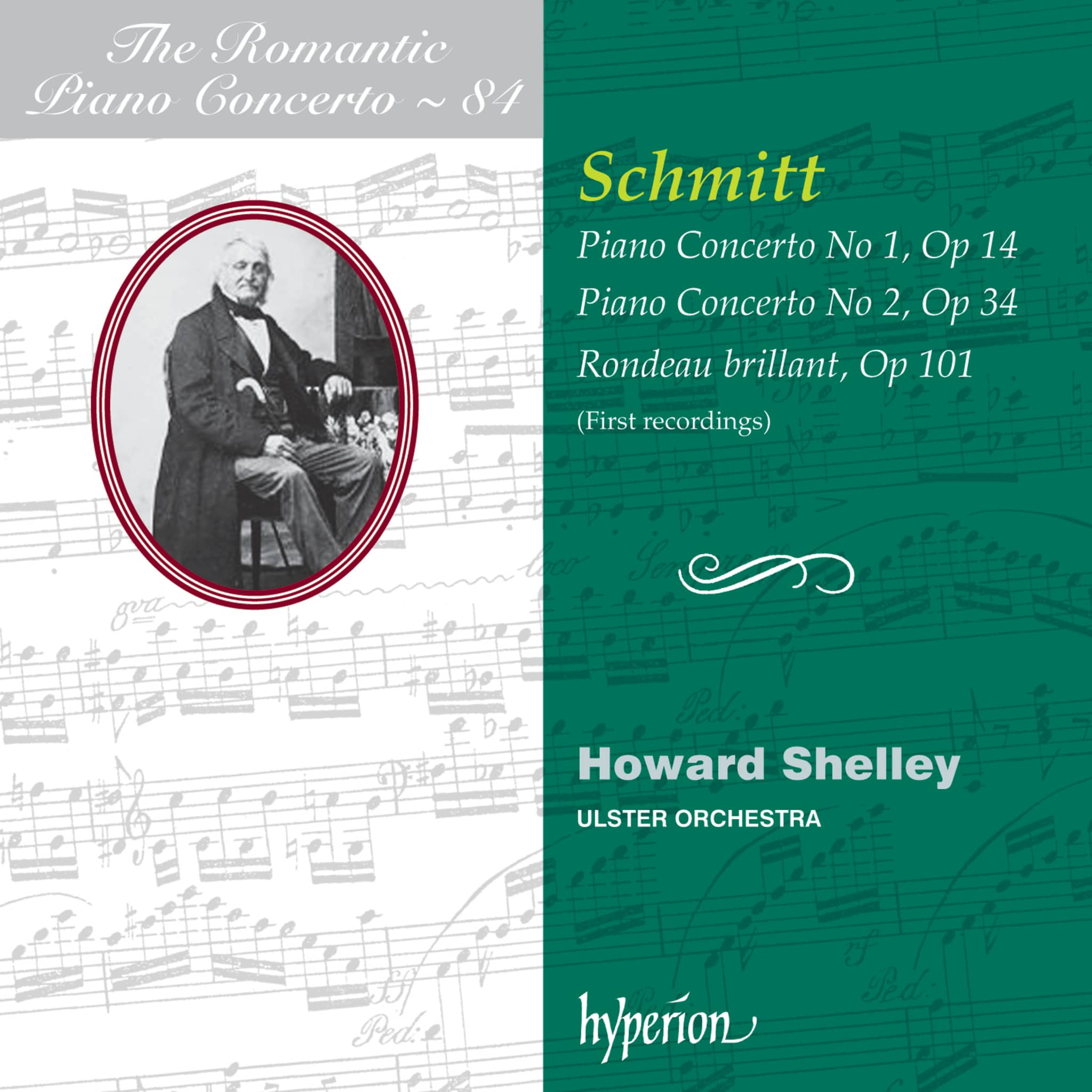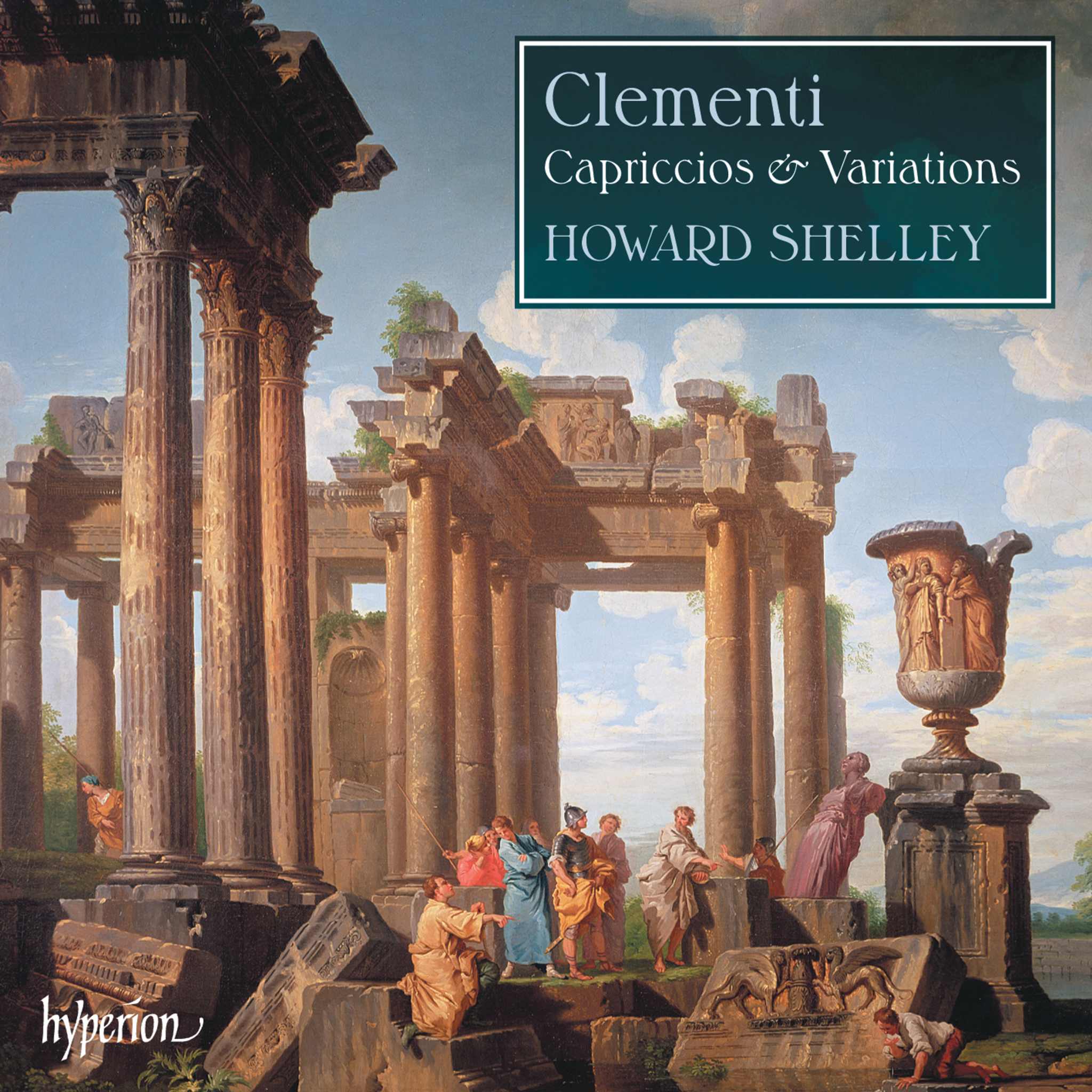Album insights
Researching English music of the 16th century is often hindered by a lack of biographical information and even missing musical scores at times. References to specific performances at particular events are also scarce. Unlike our modern age where cathedrals publish and preserve lists of works performed daily, 16th-century records rarely mention specific pieces. For instance, a report describes Grey Friars in London celebrating Queen Mary's triumphant entry in 1553 but provides minimal details beyond the sung text. It's challenging to determine why composers in the mid-16th century chose to set Jeremiah's Lamentations in Latin to music. These composers had to break away from the dominance of Masses, Magnificats, and Antiphons popular during the reigns of Henry VII and early Henry VIII. Protestant rule under Edward VI did not favor Latin music, but Mary supported it to reinforce reconciliation with Rome. Elizabeth I seemed to appreciate works in both Latin and English. Although similar compositions arose earlier in Europe, these are the first English works—all beginning with an introductory section citing the text's origin and concluding with "Jerusalem, Jerusalem, convertere ad Dominum Deum tuum."
The scarcity of information leaves uncertainties about the timing and reasons behind specific compositions and performances. The mid-16th-century composers' turn to Lamentations may reflect personal attraction to somber texts or a subtle expression of Catholic sympathies amidst religious shifts. These compositions offer intriguing insights into composers' minds during turbulent times, especially those like Tallis, who had to adapt their styles without compromising their religious loyalty. Tallis, likely born around 1505, developed a profound understanding of pre-Reformation styles. His compositions for Elizabeth rather than Mary exhibit refined chamber music qualities. His early works like "Sancte Deus" show influences from Henry VIII's favored composer, Philip van Wilder, combining unusual vocal arrangements and Marian themes.
Conflicting narratives and governmental upheavals affected Tallis's career, from serving modest monasteries to gaining royal favor in the Chapel Royal. Influencing the music landscape, he collaborated with William Byrd and faced financial challenges despite royal support. Tallis navigated changing liturgical demands, as seen in the structured simplicity of the "Short Service," aligning more with Edward VI's needs and Anglican reforms than previous elaborate Mass settings. Works like "Solemnis urgebat dies" reflect a return to Catholic liturgy during Mary's reign, while pieces in metrical translations from Archbishop Parker's Psalms mark a distinct shift in English church music.
Tallis's legacy, shrouded in some mystery, captures the shifting tides of religious and musical preferences during the tumultuous 16th century. His marriage to Joan, royal patronage, and influential compositions shaped the reformation of English sacred music, leaving a lasting imprint on choral traditions.






